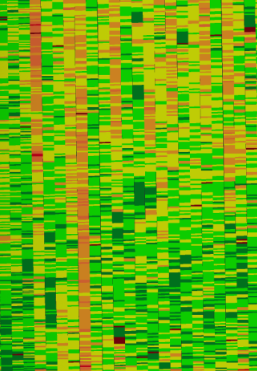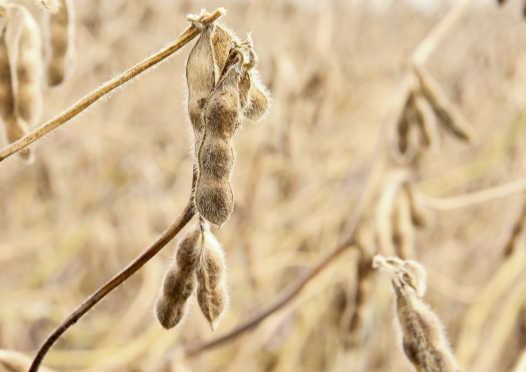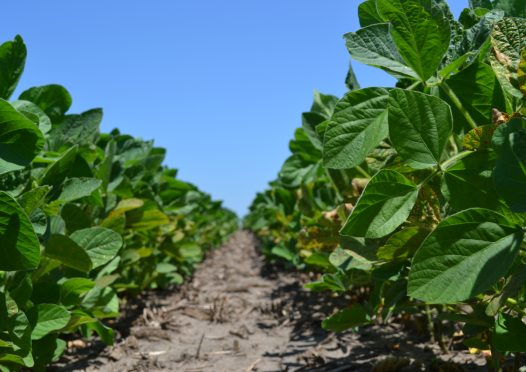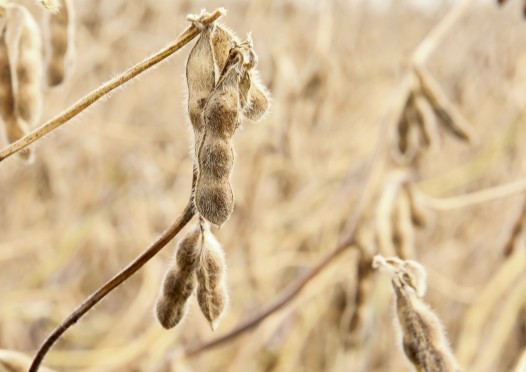This article was originally published in the September issue of Illinois Field & Bean. View the article here.
Harvest has always been a crowd favorite. Whether it’s the humid heat of summer being replaced by crisp, autumn air, or the end of year holidays peeking out on the horizon, harvest tends to bring with it a sense of happy endings. But as any farmer knows, the work doesn’t stop even after the crop is out of the field.... Read More →
ILSOYADVISOR POST
2018 Soybean Season Audit
October 15, 2018
Coming out of the 2018 winter meeting series, several soybean producers from around Illinois were prepared for one big management change - PLANT EARLY.
This was a very common message from Universities, seed providers and industry agronomists. Even though planting early traditionally presented challenges, these producers felt that the reward outweighed the risk. In doing so, many of these early planting innovators also adopted other modern agronomic practices to help offset these risks.
Agronomic practices such as:
- Leveraging improved seed treatments for better stand establishment.
- Applying ILeVO seed treatments to help reduce the risk of SDS infection.
- Inoculant seed treatments to help jump start and improve the nodulation.
In my market area April either started off cold and dry, or cold and wet. And as the end of April approached many growers decided to plant their soybeans first and then come back and plant corn. Producers have found that a corn plant can produce amazing yields when planted later and that a good stand is determined by the quality of the seed-to-soil contact followed by the growing condition for the next 20 days.
Producers also discovered that by planting soybeans early (date can vary depending on location in Illinois) that yields can experience a large jump. This is a factor on not only having more sunlight exposure all season long but it’s also allowing for a wider time frame for optimum nutrient uptake and earlier establishment of the Rhizobium bacteria (think nitrogen production). Therefore, this spring there were soybean fields being planted while fields going to corn weren’t planted until more favorable condition, regardless of the calendar date.
Over the past month many growers have been asking, “Where is this yield coming from?” The 2018 season will go down as the season where all the stars aligned. Producers built a strong vegetative factory and Mother Nature allowed for a strong pod fill (warm days, cool nights, rain fall and a lot of sunlight accumulation) period that allowed for optimum yield.
During R3-R4 many producers were apprehensive toward investing more money in the crop based on the heat and lack of rain fall. However, the results showed that treatments of fungicide and insecticides protected yield during these challenging times. In many situations, 2018 will have shown the largest yield response compared to non-treated field, looking over the past several years. Overall bean yields have been reported from 50 to 110 bu/A field averages and even test strips in fields breaking 120 bu/A.
The chart below represents weather information during the soybean growing season and compared against 2017. It’s always important to reflect on a season to better understand how management practices influenced environmental condition and ultimately how soybean varieties perform.
Weather Summary:
- April was cool and wet early
- May was dry and warm
- June was warm and et
- July was cooler and drier
- August was warm with cool nights and wet
2018 also brought on the aggressive utilization of new technologies to track, monitor and validate soybean production and practices. Below is a yield map from a Climate Field View Program. This program allowed producers to wirelessly stream data from the planter and combines, directly into the Cloud, and then into an iPad to view. This infrastructure has revolutionized how producers and agronomists capture data, determine quality of crop and validate different practices across a large area.
VALUE: The true take away from technology adoption
1. Precipitation reports:
- How has rain fall impacted the crop?

- What fields missed a rain event for field activity?
2. Plant health reports:
- What is the health of the crop?
- How is the crop handling different soil types?
- How is the crop handing different slopes?
- How is the crop responding from the fungicide or insecticide treatment?
- Is the crop experiencing any stress?
3. Uploading as applied information:
- Knowing where different varieties are located.
- Knowing where different seed treatments are located.
- Knowing where different treatments were applied.
- Knowing instantly how different situation performed.
Harvest challenges and observation:
- Soybean are down: Unlike a corn plant, a soybean has a very small or narrow footprint to help provide a firm foundation. The crop has a very large and heavy above-ground structure, and with recent rainfall causing soils to be soft, followed by strong wind events, this caused the tap root to be pulled up and the plant to lodge.
- Green stems: This year provided a lot of stored energy in the soybean plant, maybe even more then it could utilize. Once the bean plant reached maturity and dried down, the stored energy didn’t have a pod to support, so it was a while before stems to became brown and soft.
- Pod and seed damages: When evaluating harvest samples, I noticed damage from stink bugs, Frog Eye leaf spot, Septoria and other pests. These pests caused issues with seed color, seed size and seed quality.
2018 brought a lot of excitement into growing high yielding soybeans, I’m excited to work with Illinois soybean producers this fall and winter to better understand what practices provided good ROI and help to build recommendation for next year. It’s going to be hard to top the performances of 2018 - challenge accepted!





Comments
Add new comment